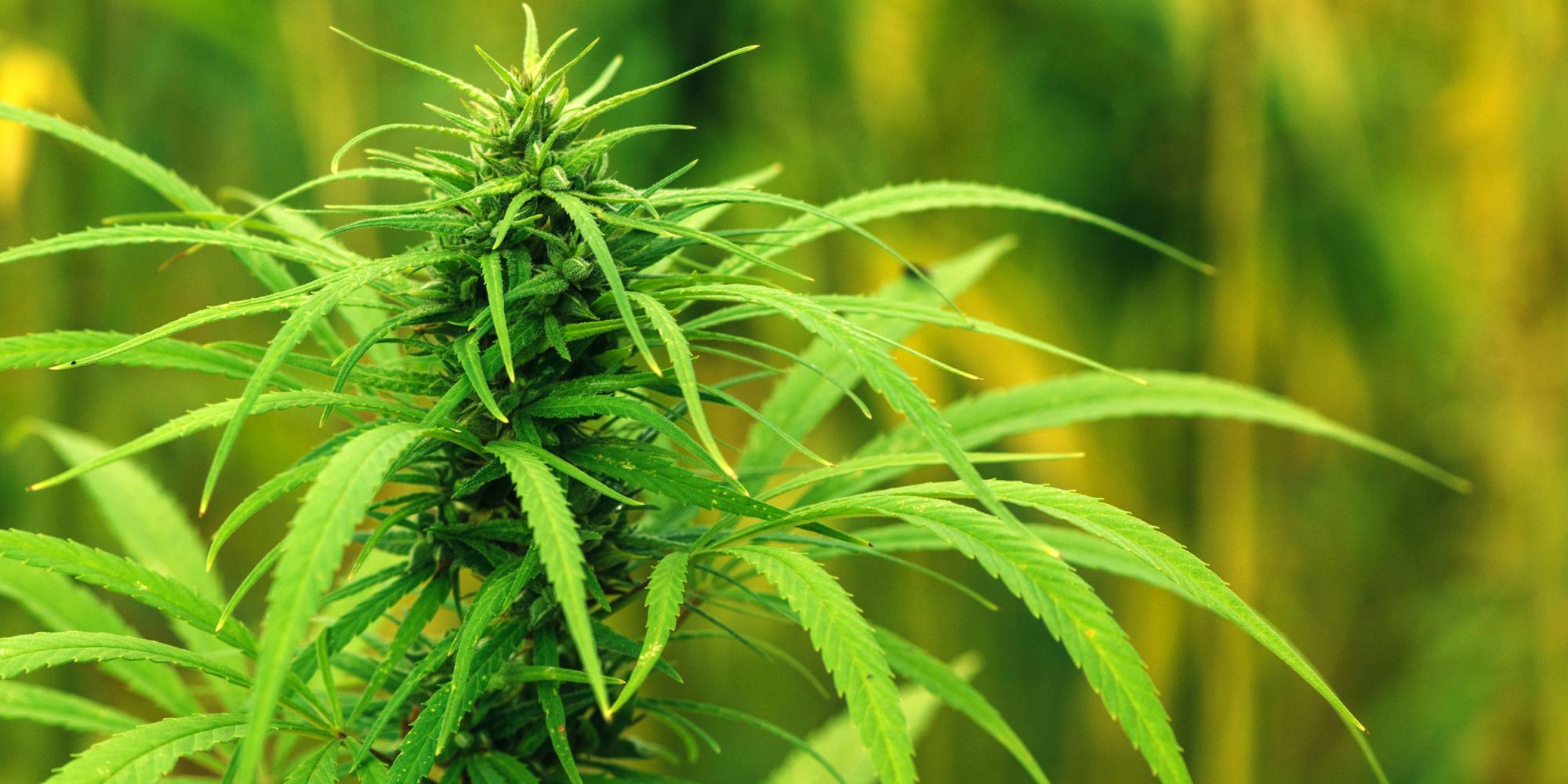06.27.2025
Sausage casings bulletin, June 27, 2025

Runner market commentary
...

The Jacobsen is making a number of hemp related site visits this week in the major growing areas of Oregon. The number of hemp fields for CBD in the Rogue Valley of Southern Oregon is astounding. Jackson County has over 8500 acres permitted for hemp production this year. That’s more than the acreage for pears and grapes combined, the traditional main crops in this area. A great deal of these acres are planted, though there are no official numbers.
There is a wide diversity of agricultural experience, as well as a range of capitalization for these operations. The farms almost exclusively use plasticulture with irrigation. One can look at the row layouts and see the beginner operations, and yet these fields are on track for good yields. Some fields lack consistent plant populations, others show clear signs of deficiency. But these are in the minority. Overall, the crop has exceptional color, with early plantings 5-7’ tall and 4-5’ in diameter. Plantings less than a month old are knee-high, and 2’ in diameter. Professional growers consult with a number of operators, so there is a lot of expertise in the area with cannabis. This has been a factor in the success of the 2019 hemp crop to date in this area.
The industry is not without it challenges here. There is competition for good land, bearing high rent prices of $2000+/ acre. Some hemp permittees were issued licenses for land without water rights, essentially making it unusable for this crop, which requires irrigation in the dry Rogue River valley. This is a result of hemp permitting and water authorities systems not being aligned at the state level.
Those entrenched in the industry here, and with significant interest in local production, fear bottlenecks that may arise at harvest. It appears that this year the established labor crews for the pear industry will not be pressured by hemp harvest like last year. The pear harvest is on the early side here, and hemp has until next month before harvest is well underway. Last year, hemp farmers attracted day laborers and established pear crews with cash premiums that pear producers could not viably compete with.
Drying is another area of concern. Producers utilize greenhouses, large metal buildings, and kilns based on hops drying equipment. But many upstarts do not have any of these options secured for the fall. Some that do will run into obstacles stemming from new operators offering ancillary services that are unable to fulfill promises made. There is no precedent for a harvest of this scope here, so new infrastructure will be pressured. Much of the crop may need to be stored, either as a result of a flooded market, or hedging for better prices down the road. It remains to be seen what current infrastructure can accommodate.
Overall, hemp has brought many new faces to the area. Speculators, experienced cannabis growers from Northern California, and seasonal cannabis workers have relocated to Southern Oregon. Add to this the many retirees that have relocated from places like California, one finds more conflicts as greenhouses and plasticulture pop up everywhere in contrast to tidily managed vineyards amongst the dramatic natural landscape. This on the heels of the marijuana industry which built 14’ tall fences all over the landscape to satisfy regulations. Properly zoned operations are protected by right to farm laws in Oregon, but they are nonetheless loathed by some residents for their sights and smells.
There will be continued friction as the industry develops here, driving a local economic engine that retirees and second home owners have little to realize from. In the future, there will be cannabis companies that operate on the model of wineries, with tastings and paired menus. The Rogue Valley is in a very good position to capitalize on craft production of cannabinoid products, and cannabis agritourism. When the industry consolidates and the high labor model of cannabinoid production can no longer compete with scaled-up mechanized operations, there will still be viable options in the marketplace for distinctive products that cannot be produced at scale.
06.24.2025
Correction to sausage casings, resale, North American hog runners, whiskered, ex-works North America on June 20: pricing notice

North American hog runners price published on Friday was incorrect due to a formula miscalculation. The original reported price of $1.63 has been corrected to the accurate rolling average...